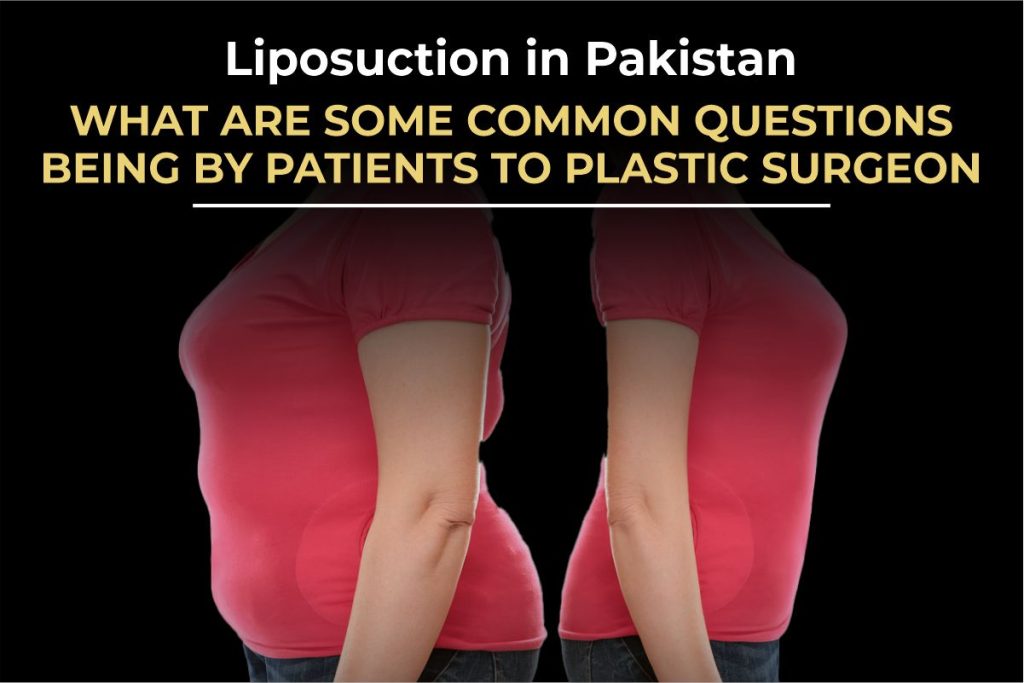Breast augmentation is no longer a hush-hush topic. It’s a confident choice many women make to feel better about their body and their self-image. From restoring volume lost after childbirth to simply wanting a fuller shape, breast implants offer a personal and empowering solution.
But before you move forward with the procedure, it’s essential to understand what breast augmentation really involves, beyond just choosing a size or shape. In this blog, we’ll walk you through everything you should know before committing, so your decision is informed, thoughtful, and 100% your own.
What Is Breast Augmentation?
Breast augmentation is a surgical procedure performed to enhance the size and shape of the breasts. The most common method involves inserting implants made of either silicone or saline into the breast area to create fullness and improve symmetry. In some cases, fat transfer may also be used as an alternative to implants, though it’s better suited for subtle enhancements.
This procedure can help women who feel their breasts are too small, uneven, or have lost volume due to pregnancy, aging, or weight changes. The goal is not just to look better in clothes it’s to feel more in harmony with your body overall.
Are You the Right Candidate?
The ideal candidate for breast augmentation is someone in good overall health who has fully developed breasts and realistic expectations. You might be a suitable candidate if:
- You feel your breasts are too small or disproportionate to the rest of your body
- One breast is noticeably smaller than the other
- You’ve experienced volume loss after pregnancy or weight changes
- You want to restore your breast shape after surgery or trauma
Your surgeon will perform a full assessment during consultation, but it’s important that your motivation comes from within, not from external pressure or unrealistic ideals.
Choosing the Right Implant
Implant selection is more than just picking a cup size. It involves careful planning around your body type, aesthetic goals, and lifestyle.
There are two main types of implants:
- Silicone Implants: Filled with a gel that closely mimics the feel of natural breast tissue. These are popular due to their softness and natural appearance.
- Saline Implants: Filled with sterile saltwater. They’re slightly firmer and may show more rippling, but they offer easier detection if a rupture occurs.
You’ll also choose from options like:
- Shape: Round or anatomical (teardrop)
- Profile: Low, moderate, or high projection
- Texture: Smooth or textured surface
- Placement: Under the chest muscle (submuscular) or above it (subglandular)
Your surgeon will recommend what works best based on your chest anatomy and desired outcome.
The Surgery, What’s Involved?
Breast augmentation is typically performed under general anesthesia and takes about one to two hours. The surgeon makes a small incision, usually beneath the breast fold, around the areola, or in the armpit. Through this opening, the implant is inserted into a pocket either above or beneath the pectoral muscle.
Once placed, the implants are positioned carefully, and the incisions are closed with sutures. The result is an enhanced, more balanced breast profile.
This is a daycare surgery in most cases, meaning you’ll go home the same day, but full healing takes time and patience.
What to Expect During Recovery
Recovery from breast augmentation is generally smooth, especially if you follow your surgeon’s aftercare instructions carefully.
Here’s what most women experience:
- Soreness or tightness in the chest area for a few days
- Mild swelling and bruising, gradually improving within two weeks
- A feeling of heaviness or pressure until the implants settle into position
You’ll be advised to wear a support bra, avoid sleeping on your stomach, and limit upper-body movements. Light activities can usually resume after 3–5 days, but strenuous exercise or heavy lifting should wait at least 4–6 weeks.
Your final results, including how the implants look and feel, will become more visible after the swelling completely subsides.
Are Scars a Concern?
Yes, but not a major one. Any surgical procedure involving an incision leaves behind a scar. However, with breast augmentation, incisions are small and strategically placed in areas where they’re naturally concealed, such as under the breast fold or around the areola.
With proper care, these scars usually fade over time and become barely noticeable. Your surgeon may also recommend topical treatments or silicone sheets to help minimize their appearance.
Do Implants Need to Be Replaced Every 10 Years?
This is a common myth. While breast implants are not considered lifetime devices, they don’t necessarily need to be replaced after 10 years unless there’s a problem.
Many women keep their implants for 15 to 20 years or more without issues. However, reasons for replacement may include:
- A desire to change implant size or shape
- Aesthetic changes due to aging or weight fluctuations
- Complications like rupture or capsular contracture
Regular follow-up appointments help detect any changes early, and imaging tests like ultrasounds or MRIs may be recommended over time.
Risks and Considerations
As with any surgery, breast augmentation carries risks. While serious complications are rare, they can include infection, implant rupture, or changes in nipple sensation. One of the more well-known risks is capsular contracture, where scar tissue hardens around the implant.
The best way to minimize these risks is to:
- Choose a board-certified, experienced plastic surgeon
- Follow all pre- and post-operative instructions
- Attend scheduled follow-ups for long-term monitoring
An honest discussion with your surgeon will help you feel informed and prepared.
Final Thoughts, Confidence Begins With Choice
Breast augmentation isn’t just about curves, it’s about confidence. For many women, it offers the opportunity to feel more balanced, youthful, and secure in their appearance.
But like any cosmetic decision, it’s important that the choice comes from you. Not trends, not pressure, but from a genuine desire to feel more like yourself.
If you’re considering this procedure, start by choosing a qualified, transparent, and patient-focused surgeon. Ask your questions, share your concerns, and build a plan that aligns with your goals.





